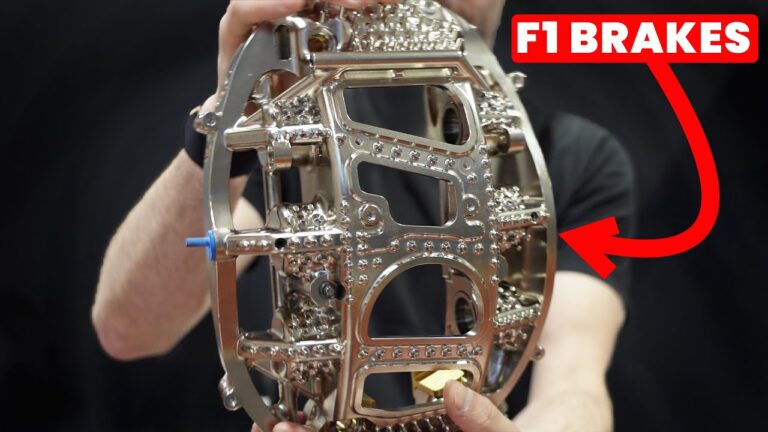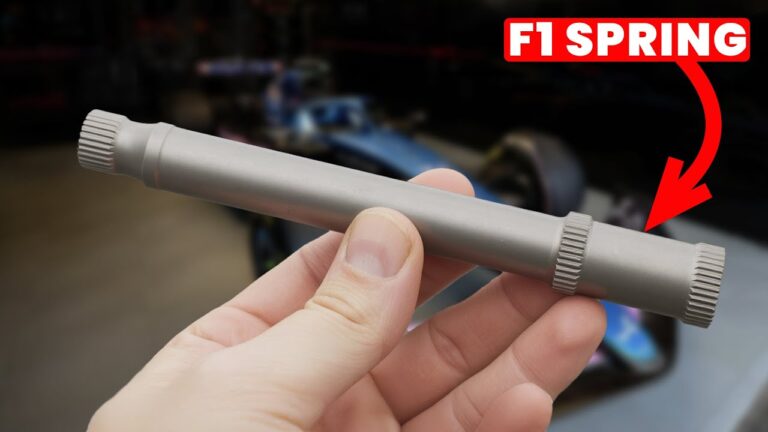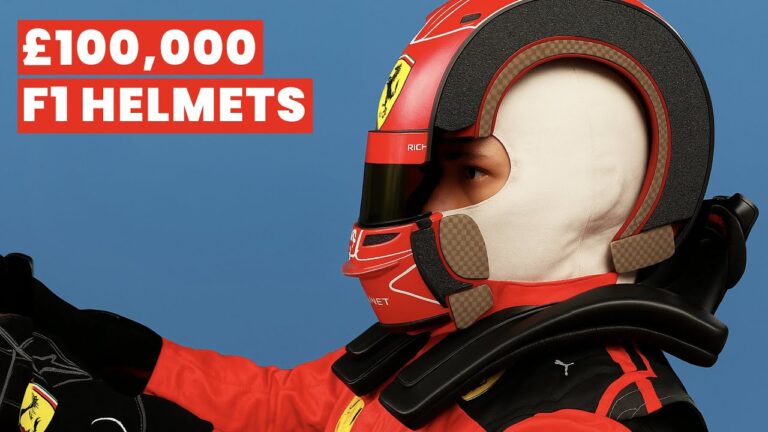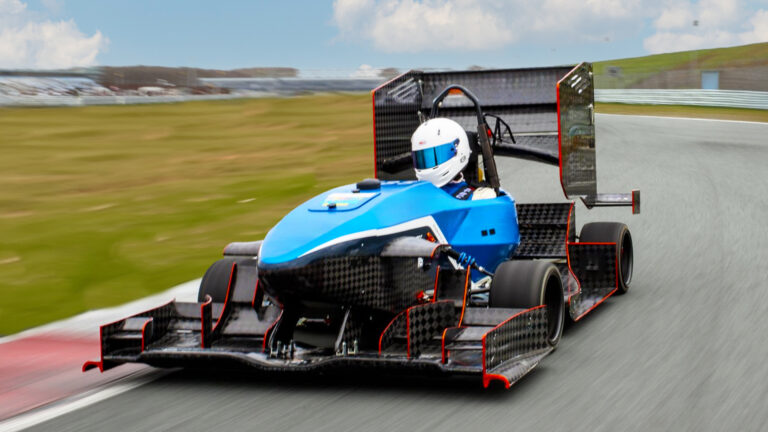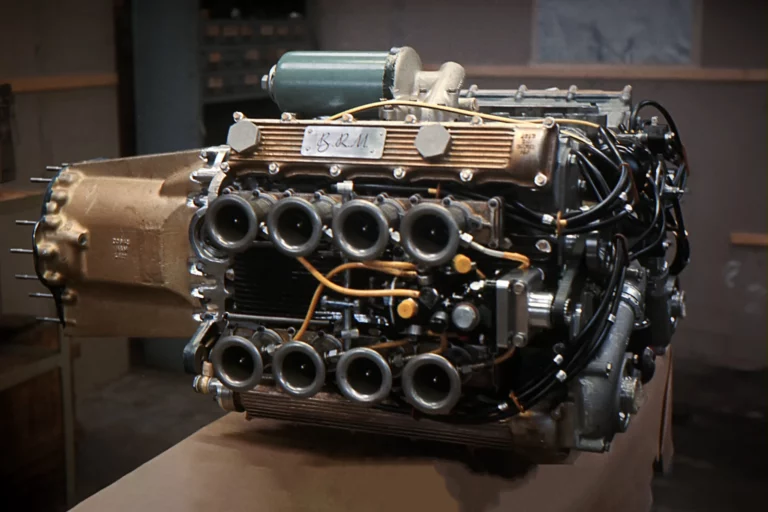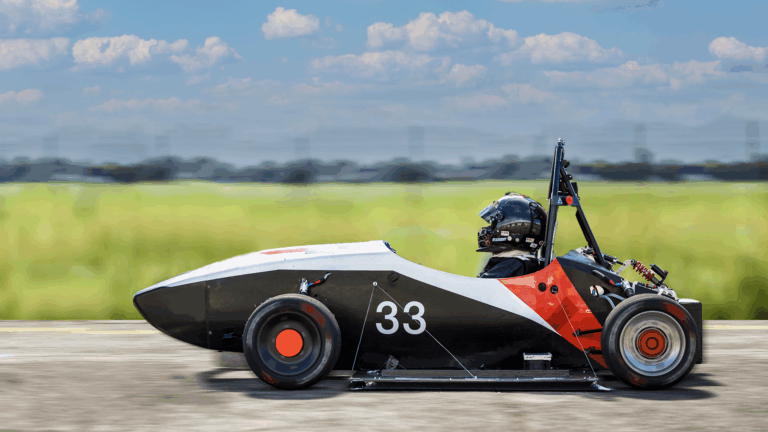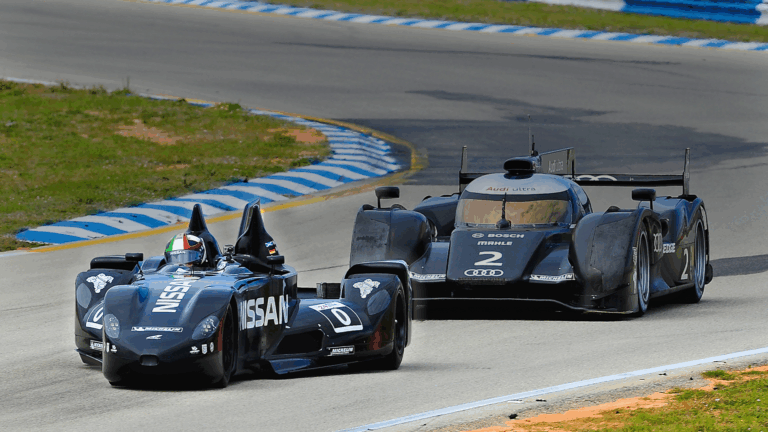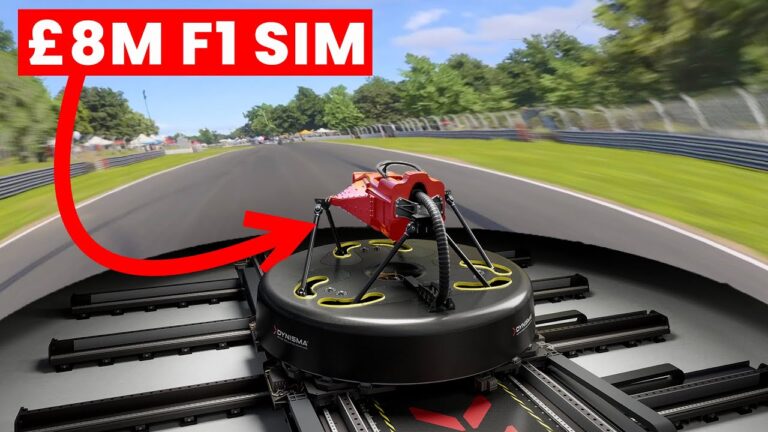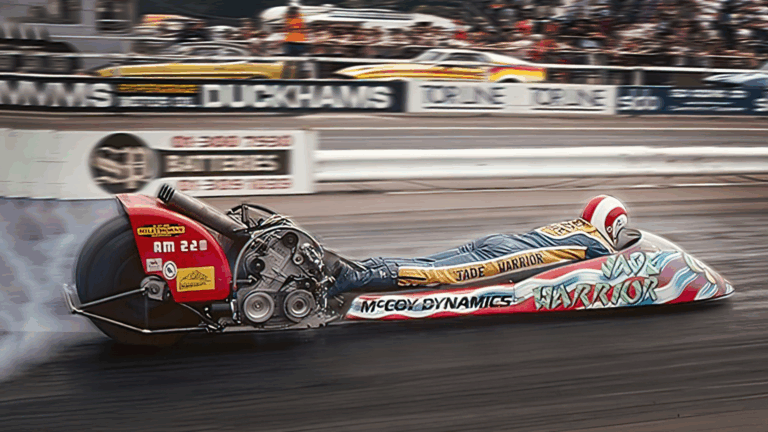Red Bull’s current F1 car represents a fascinating engineering paradox – a machine so precisely optimised for peak performance that it becomes extraordinarily difficult to drive. According to legendary F1 aerodynamicist William Toet, this isn’t an accident but a deliberate design philosophy that pushes the boundaries of what’s physically possible.
The concept of a “small window” in F1 car performance is very real. Like walking a tightrope, these cars only deliver maximum grip when everything – speed, steering angle, ride height – is exactly right. Step outside this narrow band and there’s a dramatic drop in performance. Red Bull has chosen to pursue this knife-edge approach, creating a car that rewards precision but punishes any deviation.
This design philosophy mirrors what Toet experienced at Ferrari with Michael Schumacher and Eddie Irvine. Schumacher’s metronomic precision allowed him to extract performance from cars optimised for peak output, while Irvine’s more intuitive style suffered. Max Verstappen exhibits similar precision, able to keep the Red Bull exactly where it needs to be, lap after lap.
The aerodynamic complexity centres on ground effect floors and vortex management. These cars generate massive downforce when running at precise heights from the track, but the margin for error is minimal. Too high and performance drops; too low and the floor stalls. Red Bull’s suspension setup is deliberately stiff to maintain this critical aerodynamic platform, but it creates a car that’s “very much on the nose” – aggressive in turn-in but requiring absolute precision to control.
The phenomenon of aerodynamic hysteresis makes this even more challenging. When airflow stalls around the car’s vortex generators, it doesn’t immediately reattach when conditions return to normal. This creates unpredictable grip losses that can catch drivers off-guard, particularly in the crucial braking and mid-corner phases where the car’s balance shifts dramatically.
The trade-off is strategically calculated. By operating so close to aerodynamic stall conditions, Red Bull gains straight-line speed benefits when parts of the floor do stall, reducing drag. This explains their willingness to flirt with such a narrow operating window – the performance gains justify the increased difficulty. However, even Verstappen has begun struggling with the car’s demands, suggesting Red Bull may have pushed this philosophy to its absolute limit.



